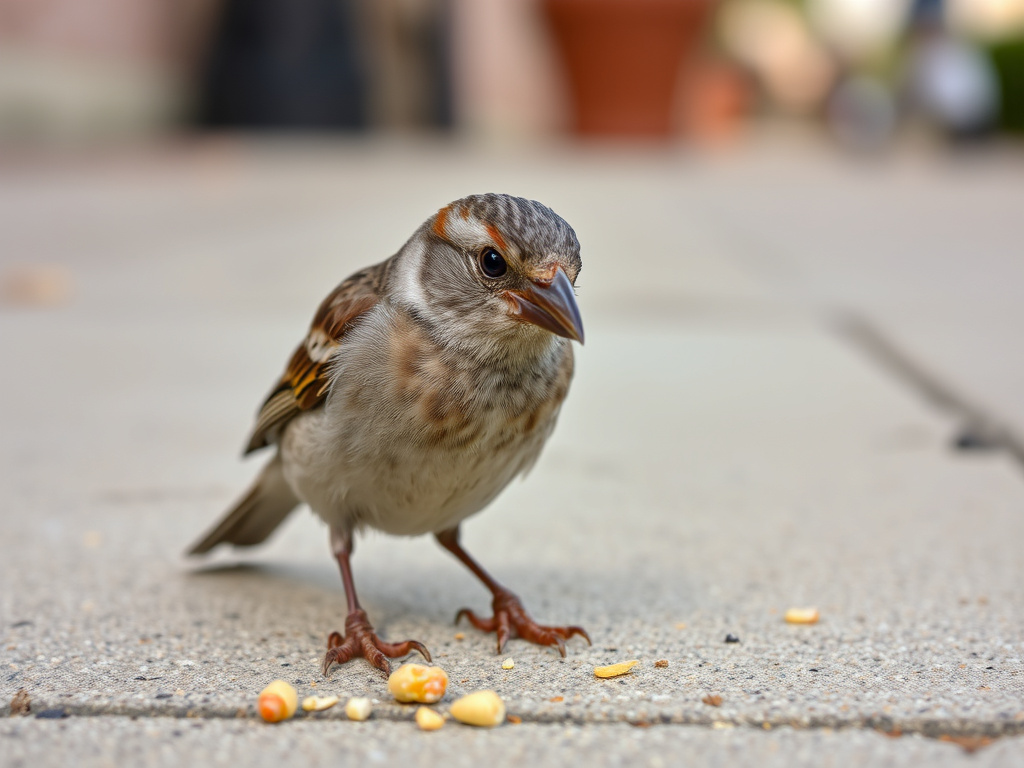The kehidupan burung gereja, or life of house sparrows, is a captivating subject that has garnered significant attention from bird enthusiasts and researchers alike. These small birds have adapted remarkably to human-dominated landscapes, thriving in urban environments around the world.

Adaptability and Survival
One of the key factors contributing to the success of house sparrows is their adaptability. They can be found in various habitats, from rural areas to densely populated cities. Their ability to survive in diverse environments is largely due to their omnivorous diet, which includes seeds, insects, and even food waste.
- Some interesting facts about house sparrow diets:
- They eat a wide variety of foods including grains, fruits, and vegetables.
Food Type Examples Grains Wheat, oats, barley Fruits Berries, apples, grapes Insects Aphids, beetles, caterpillars
- They eat a wide variety of foods including grains, fruits, and vegetables.

Social Structure and Behavior
House sparrows are highly social creatures that often live in large flocks. Within these groups, they establish complex hierarchies and engage in various behaviors such as mating rituals and territorial disputes.
Some notable aspects of their social behavior include:
- Males performing elaborate courtship displays to attract females.
- Females building nests using twigs, grasses, and other materials.
- Both parents taking turns incubating eggs and caring for their young.
Their communal roosting habits during winter months help them conserve heat and protect themselves from predators.

Challenges and Conservation Efforts
Despite their resilience, house sparrows face numerous challenges, including habitat loss, pollution, and competition from invasive species. To mitigate these threats, conservationists recommend strategies such as creating sparrow-friendly habitats by planting native vegetation and providing nesting sites.
Key takeaways for supporting house sparrow populations:
- Plant native flowers and shrubs that produce seeds.
- Install nest boxes specifically designed for house sparrows.
- Reduce pesticide use to promote insect populations.
By understanding and addressing the needs of house sparrows, we can contribute to preserving their populations and appreciating the richness they bring to our ecosystems.
In conclusion, the kehidupan burung gereja offers insights into the remarkable adaptability and social complexity of house sparrows. By studying these birds and implementing supportive measures, we can foster healthier urban environments and enjoy the presence of these charming creatures.
